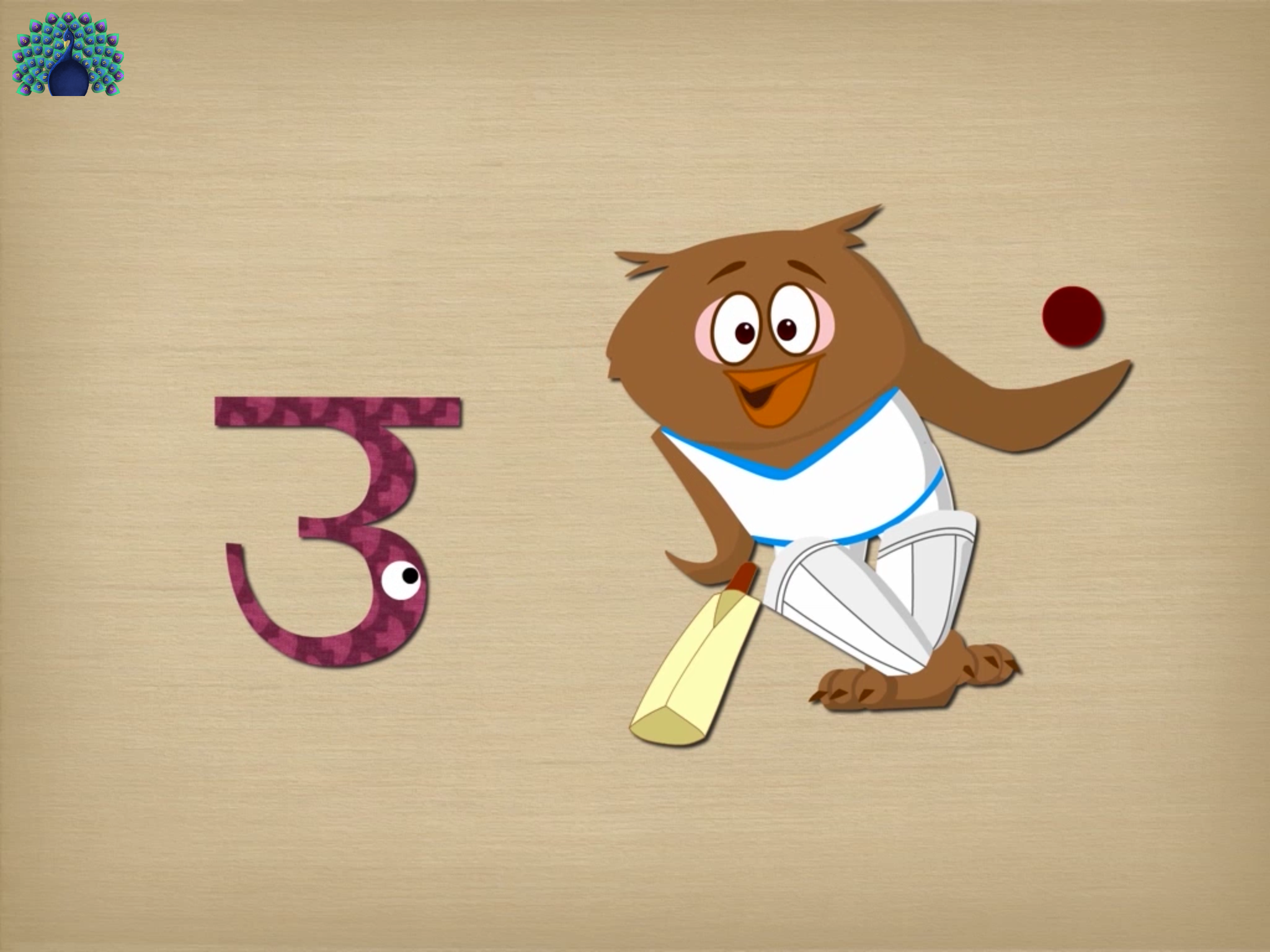Love your language: Love your roots.
When I agreed to write under “love your language” campaign for Gnaana, I wasn't sure what to say because loving your language feels so natural like “loving your mother” or “mother tongue” that I found myself at loss for words. Then like a muse, these words appeared before me as I was reading one of my favorite books, “The 7 Habits of Highly Effective People” by Stephen R. Covey. “There are only two lasting bequests we can give our children— one is roots, the other wings”. I read these lines and I read them again and again.
As young parents, our focus is so heavily on giving our children wings that we remain on a constant road-trip between schools to swim classes to soccer games and to everything else that perhaps we forget to give them roots. But, what does it mean to give your children roots? Roots that tie you to your culture, your heritage, your family and does a language play a part in it? Personally, I think it does. Perhaps that it the reason we created an app called “Hindi play & learn” that is available for iPad & iPhone.
I am a film professional and have worked half of my lifetime in the television and film industries both in Hollywood and India. I was happy making films and creating television content, but after I had kids, I wanted my career to be a little more, perhaps about them. That was the birth of “Shoonya” a first of its kind edutainment company that creates high-end digital interactive content with a focus on India, its languages and its culture.
It started a year ago when my husband and I were sourcing for engaging content to teach our older son, who is now five, our native languages. I speak Hindi (India’s national language) and my husband speaks Marathi (Regional language spoken in Maharashtra) and to our surprise there wasn't anything engaging in the market for either of the languages. The material we got from India seemed irrelevant and dated for our children who are born and brought up in the west. And, the educational apps in Hindi seemed quite basic for our children who are exposed to some amazing apps in English created by some great app development companies. We felt strongly that there was a need for fun interactive apps for Hindi too and that is where the idea for our app “Hindi play & learn” came about.
We collaborated with a team of designers, animators, IT enthusiasts and educators and set up shop in our garage. The idea was to use the same Hindi alphabet book that is used in the schools across India but give it a fresh perspective. Therefore, the letters were designed to becomeinteractive characters and their letter association, saw a complete new transition. Each character was given a unique personality through their clothing and actions, thus highlighting India’s diversity, its beautiful festivals, delicious foods, musical instruments and its national pastime, cricket! The end result was a pool of playful animated characters that teach phonetics with fun interactions. The puzzles allow children to get a glimpse ofIndia’s cultural diversity, via tidbits of trivia.
The style of teaching in our app is very Montessorian. Just as the child learns a pattern and the phonetic sound of the letters by practicing sandpaper letters, we have created 49 letter tutorials; each with its own designed chalk sound. Therefore, through multi-sensory approach, the child hears the sound, follows the visual representation and gets to practice writing with his fingers. To emphasize learning of the motor pattern correctly, each letter is mapped that forces a child to finish tracing the first step before activating the next.
Each page of the app is very careful designed. The look is simple & clean to help children focus on the content without unnecessary background noise.
We, at Shoonya, believe that language is a gateway to a culture and since Hindi is India’s national language, we have tried our best to make it a gateway to India's diverse culture. As a language, it is grown to become the fourth most spoken languages around the world.
For me, it is important for my children to learn Hindi because my parents living in India speak that language. For my husband, it is Marathi. For you, it could be any other language but exposing children to multiple languages at a younger age is seen to be quite advantageous for their brain development.
Ellen Bialystok, a cognitive neuroscientist, in a New York Times interview states that among other benefits, the regular use of two languages appears to delay the onset of Alzheimer’s disease symptoms. Among kids, “it improves the brain’s so-called executive function — a command system that directs the attention processes that we use for planning, solving problems and performing various other mentally demanding tasks.”
It is a gift we as parents feel we've given to our kids and wish to share with our audience. Knowing that learning more languages helps our children’s brain-development gives us immense comfort in addition to its social & cultural advantages. Our older son speaks three languages in their native accents; with me in Hindi, with his dad in Marathi and with his friends and teachers in English. He is now helping his younger brother learn the same skill and is able to speak to both sets of grandparents in two different languages. This ability to converse with the extended family in their native language makes him fit in the family instantly. It brings a smile on his grandparent’s faces and assures them that their heritage has passed to the next generation thus keeping the cultural connection intact and keeping the roots firmly grounded.
We hope to fulfill this need for many more parents in various languages. Love your language because it is the closest that comes to loving your roots.




